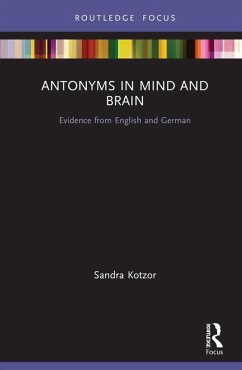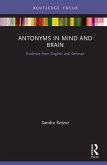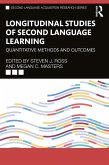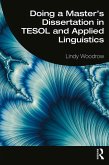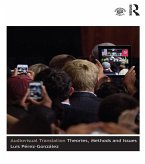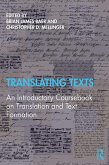- outlines previous literature to draw out criteria for good opposites and establish the state of the art on the question whether the strong connection of certain opposite pairs is primarily of a conceptual or lexical nature.
- presents a detailed cross-linguistic empirical study combining corpus data, speaker judgements and behavioural experiments for a wide range of central (e.g. big:little) and peripheral (e.g. buy:sell; wife:husband) opposite pairs to establish the contribution of individual factors.
- proposes a model of the representation of opposite pairs in the mental lexicon and illustrates how the processing consequences of such a model account for the patterns observed in the data.
The approach taken in this book highlights the importance of using a number of different methods to investigate complex phenomena such as antonymy. Such an approach forms the empirical foundation for a dynamic psycholinguistic model of opposition based on the conventionalisation and entrenchment of the conceptual and lexical relationship of antonyms.
Dieser Download kann aus rechtlichen Gründen nur mit Rechnungsadresse in A, B, BG, CY, CZ, D, DK, EW, E, FIN, F, GR, HR, H, IRL, I, LT, L, LR, M, NL, PL, P, R, S, SLO, SK ausgeliefert werden.

